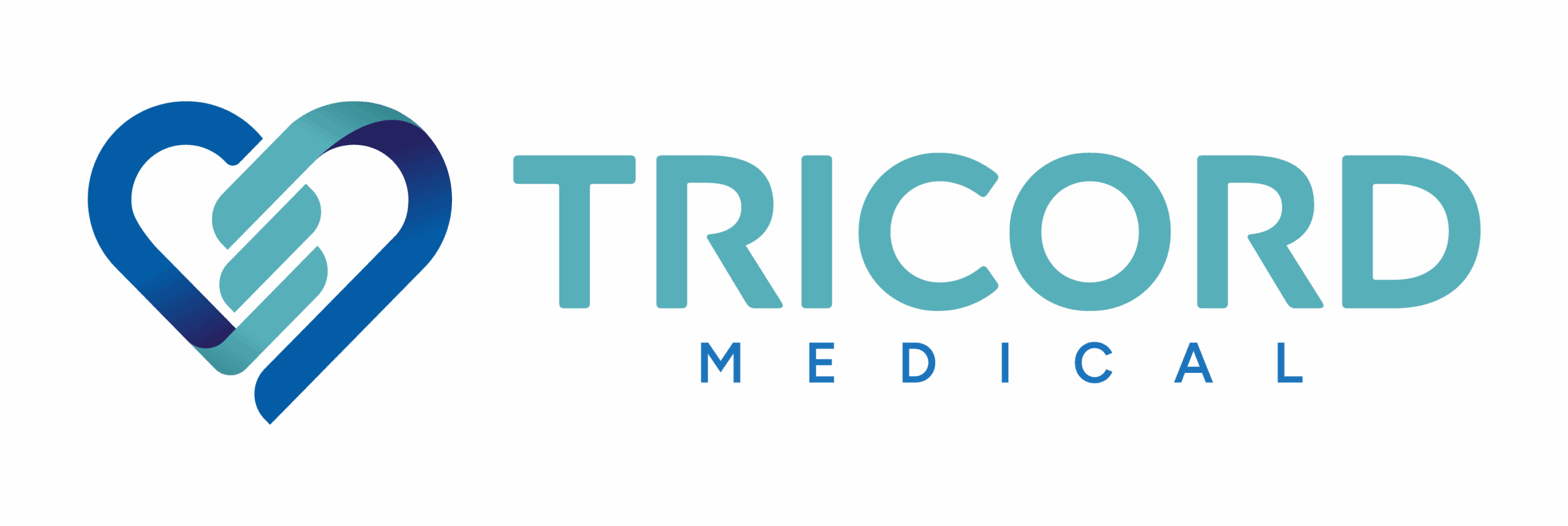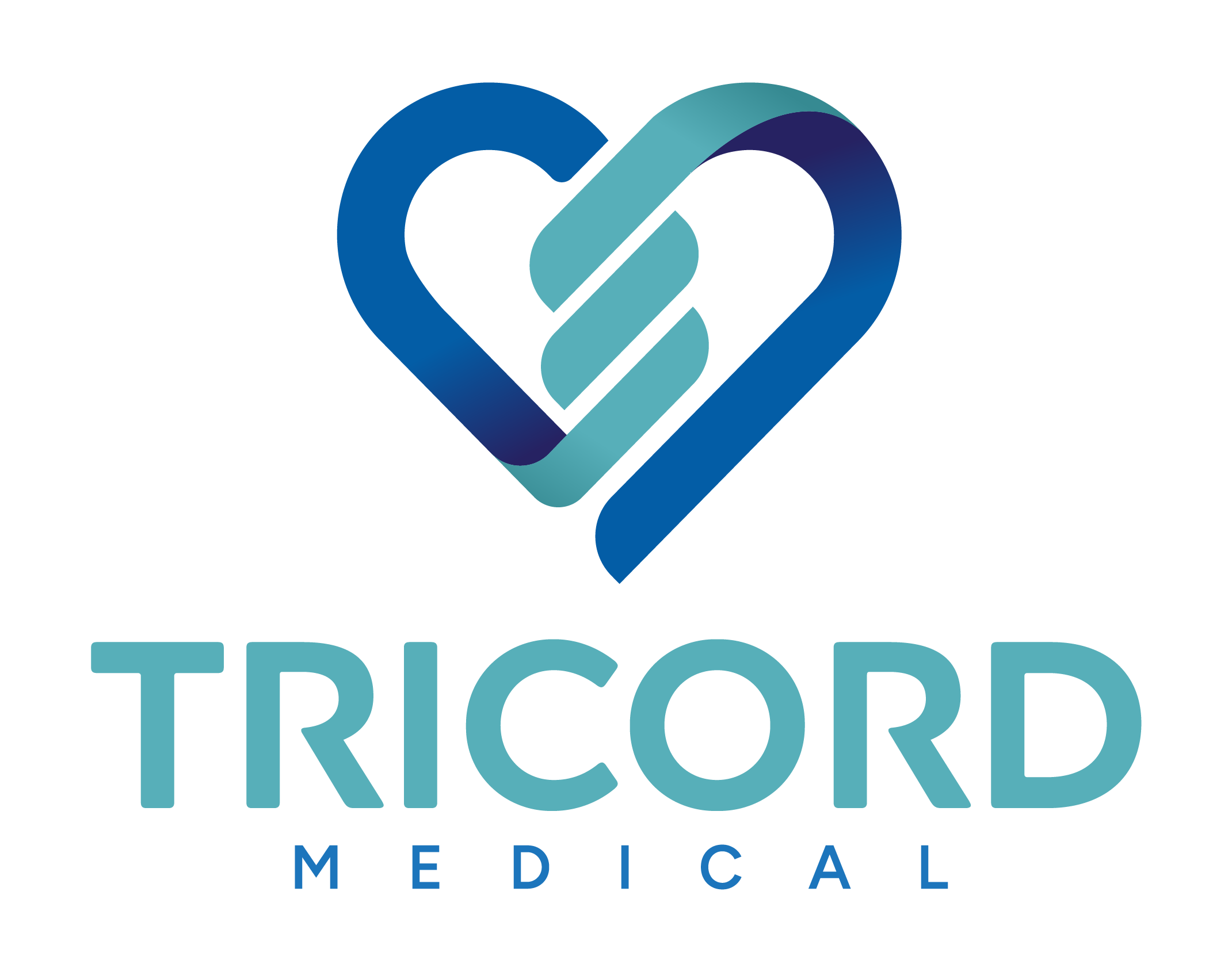Disc Extrusion vs. Protrusion: Spinal Disc Issues in Miami

Back pain is a common complaint, and for many, it’s linked to problems with the intervertebral discs, the cushions between the vertebrae of your spine. If you’ve been investigating back issues, you might have come across the terms “disc protrusion” and “disc extrusion.” While related, they describe different conditions.
This article clarifies the differences between disc extrusion and protrusion, explores the underlying issues, and guides you towards seeking appropriate care in Miami.
Understanding Intervertebral Discs
Intervertebral discs are essential structures in your spine. They act as shock absorbers, allowing for flexibility and movement. Each disc has:
- Nucleus Pulposus: A gel-like center that provides cushioning.
- Annulus Fibrosus: A tough outer layer that surrounds the nucleus.
Disc Protrusion vs. Herniation: The Spectrum of Disc Problems
Both protrusion and extrusion fall under the broader category of disc herniation, which describes a problem where disc material displaces or bulges out.
- Disc Protrusion: The nucleus pulposus bulges outward, but the annulus fibrosus remains intact. Think of it as a bulge or a bump.
- Disc Extrusion: A more severe condition where the nucleus pulposus breaks through the annulus fibrosus and escapes the disc space. This can be thought of as a rupture.
Disc Extrusion: A More Serious Condition
Disc extrusion is often more problematic than a protrusion. The displaced disc material can compress nearby nerves, leading to more severe pain, numbness, or weakness.
Central Disc vs. Protrusion: Location Matters
The location of the disc displacement also plays a role.
- Central Disc Protrusion: Occurs in the middle of the disc, which can compress the spinal cord.
- Lateral Disc Protrusion: Occurs to the side of the disc, more commonly compressing a nerve root.

Symptoms of Disc Extrusion
Symptoms of a disc extrusion can include:
- Severe back pain
- Leg pain (sciatica)
- Numbness or tingling in the leg or foot
- Muscle weakness
Treatment for Polyarthralgia: Addressing the Underlying Issue
Treatment for disc extrusion depends on the severity of your symptoms:
- Conservative Treatment: Rest, pain medication, physical therapy, and lifestyle changes.
- Injections: Epidural steroid injections to reduce inflammation.
- Surgery: In severe cases, surgery might be necessary to remove the displaced disc material and relieve nerve compression.
Primary Care Doctor in Miami: Your First Step to Relief
If you’re experiencing back pain, leg pain, or other symptoms that you suspect might be related to a disc issue, a primary care doctor in Miami can be your first point of contact. They can:
- Assess your symptoms and medical history.
- Perform a physical exam.
- Order imaging tests (like an MRI) to diagnose the issue.
- Provide initial treatment and refer you to a specialist, such as an orthopedist or neurosurgeon, if needed.
Key Takeaways:
- Disc extrusion is a more severe form of disc herniation than protrusion.
- Symptoms can include back pain, leg pain (sciatica), numbness, and weakness.
- Treatment options range from conservative measures to surgery.
- Consult a primary care doctor in Miami for diagnosis and treatment.
Remember, this article is for informational purposes only and should not be considered medical advice. Always consult a qualified healthcare professional for diagnosis and treatment.
FAQs: Disc Extrusion
- How can I tell if I have a disc protrusion or a disc extrusion?
You can’t determine this on your own. Both conditions can cause back pain, but the severity and location of the pain, as well as any accompanying symptoms like numbness or weakness, can provide clues. Imaging tests like an MRI are necessary for a definitive diagnosis. - Does a disc protrusion always lead to an extrusion?
Not necessarily. A disc protrusion can remain stable or even improve with conservative treatment. However, if the disc continues to degenerate, it can progress to an extrusion. - What are the treatment options for a disc extrusion?
Treatment varies depending on the severity of symptoms. Many people find relief with conservative treatments like rest, pain medication, and physical therapy. Surgery is usually considered if conservative treatments fail or if there are signs of severe nerve compression. - Is back pain always a sign of a disc problem?
No, back pain is a common ailment with many potential causes, including muscle strains, arthritis, or other medical conditions. If you have persistent or severe back pain, it’s important to consult a doctor for proper diagnosis. - How can a primary care doctor help with my back pain?
A primary care doctor in Miami can assess your symptoms, perform a physical exam, and order imaging tests if needed. They can provide initial treatment and refer you to a specialist, such as an orthopedist or neurosurgeon, if necessary.
Contact Us
Hiriart & Lopez MD, LLC
9950 SW 107th Ave STE 101,
Miami, FL 33176
305-274-8779
Phone: (305) 274-8779
Fax: (305) 274-0646
OPENING HOURS
Monday 7:30 AM–4:30 PM
Tuesday 7:30 AM–4:30 PM
Wednesday 7:30 AM–4:30 PM
Thursday 7:30 AM–4:30 PM
Friday 7:30–11 AM
Saturday Closed
Sunday Closed
OFFICE LOCATION
Disc Extrusion vs. Protrusion: Spinal Disc Issues in Miami

Back pain is a common complaint, and for many, it’s linked to problems with the intervertebral discs, the cushions between the vertebrae of your spine. If you’ve been investigating back issues, you might have come across the terms “disc protrusion” and “disc extrusion.” While related, they describe different conditions.
This article clarifies the differences between disc extrusion and protrusion, explores the underlying issues, and guides you towards seeking appropriate care in Miami.
Understanding Intervertebral Discs
Intervertebral discs are essential structures in your spine. They act as shock absorbers, allowing for flexibility and movement. Each disc has:
- Nucleus Pulposus: A gel-like center that provides cushioning.
- Annulus Fibrosus: A tough outer layer that surrounds the nucleus.
Disc Protrusion vs. Herniation: The Spectrum of Disc Problems
Both protrusion and extrusion fall under the broader category of disc herniation, which describes a problem where disc material displaces or bulges out.
- Disc Protrusion: The nucleus pulposus bulges outward, but the annulus fibrosus remains intact. Think of it as a bulge or a bump.
- Disc Extrusion: A more severe condition where the nucleus pulposus breaks through the annulus fibrosus and escapes the disc space. This can be thought of as a rupture.
Disc Extrusion: A More Serious Condition
Disc extrusion is often more problematic than a protrusion. The displaced disc material can compress nearby nerves, leading to more severe pain, numbness, or weakness.
Central Disc vs. Protrusion: Location Matters
The location of the disc displacement also plays a role.
- Central Disc Protrusion: Occurs in the middle of the disc, which can compress the spinal cord.
- Lateral Disc Protrusion: Occurs to the side of the disc, more commonly compressing a nerve root.

Symptoms of Disc Extrusion
Symptoms of a disc extrusion can include:
- Severe back pain
- Leg pain (sciatica)
- Numbness or tingling in the leg or foot
- Muscle weakness
Treatment for Polyarthralgia: Addressing the Underlying Issue
Treatment for disc extrusion depends on the severity of your symptoms:
- Conservative Treatment: Rest, pain medication, physical therapy, and lifestyle changes.
- Injections: Epidural steroid injections to reduce inflammation.
- Surgery: In severe cases, surgery might be necessary to remove the displaced disc material and relieve nerve compression.
Primary Care Doctor in Miami: Your First Step to Relief
If you’re experiencing back pain, leg pain, or other symptoms that you suspect might be related to a disc issue, a primary care doctor in Miami can be your first point of contact. They can:
- Assess your symptoms and medical history.
- Perform a physical exam.
- Order imaging tests (like an MRI) to diagnose the issue.
- Provide initial treatment and refer you to a specialist, such as an orthopedist or neurosurgeon, if needed.
Key Takeaways:
- Disc extrusion is a more severe form of disc herniation than protrusion.
- Symptoms can include back pain, leg pain (sciatica), numbness, and weakness.
- Treatment options range from conservative measures to surgery.
- Consult a primary care doctor in Miami for diagnosis and treatment.
Remember, this article is for informational purposes only and should not be considered medical advice. Always consult a qualified healthcare professional for diagnosis and treatment.
FAQs: Disc Extrusion
- How can I tell if I have a disc protrusion or a disc extrusion?
You can’t determine this on your own. Both conditions can cause back pain, but the severity and location of the pain, as well as any accompanying symptoms like numbness or weakness, can provide clues. Imaging tests like an MRI are necessary for a definitive diagnosis. - Does a disc protrusion always lead to an extrusion?
Not necessarily. A disc protrusion can remain stable or even improve with conservative treatment. However, if the disc continues to degenerate, it can progress to an extrusion. - What are the treatment options for a disc extrusion?
Treatment varies depending on the severity of symptoms. Many people find relief with conservative treatments like rest, pain medication, and physical therapy. Surgery is usually considered if conservative treatments fail or if there are signs of severe nerve compression. - Is back pain always a sign of a disc problem?
No, back pain is a common ailment with many potential causes, including muscle strains, arthritis, or other medical conditions. If you have persistent or severe back pain, it’s important to consult a doctor for proper diagnosis. - How can a primary care doctor help with my back pain?
A primary care doctor in Miami can assess your symptoms, perform a physical exam, and order imaging tests if needed. They can provide initial treatment and refer you to a specialist, such as an orthopedist or neurosurgeon, if necessary.
Contact Us
Hiriart & Lopez MD, LLC
9950 SW 107th Ave STE 101,
Miami, FL 33176
305-274-8779
Phone: (305) 274-8779
Fax: (305) 274-0646
OPENING HOURS
Monday 7:30 AM–4:30 PM
Tuesday 7:30 AM–4:30 PM
Wednesday 7:30 AM–4:30 PM
Thursday 7:30 AM–4:30 PM
Friday 7:30–11 AM
Saturday Closed
Sunday Closed

